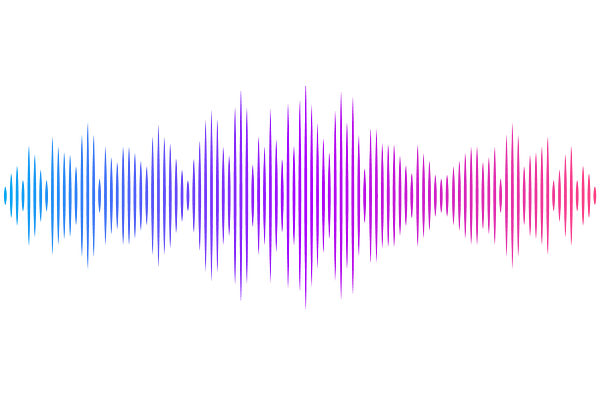PROTAC-induced Protein Functional Dynamics in Targeted Protein Degradation

PROTAC-induced Protein Functional Dynamics in Targeted Protein Degradation
Chang, C.-e. A.; Wu, K. Y.; Hung, T. I.
AbstractPROteolysis TArgeting Chimeras (PROTACs) are small molecules that induce target protein degradation via the ubiquitin proteasome system. PROTACs recruit the target protein and E3 ligase; a critical first step is forming a ternary complex. However, while the formation a ternary complex is crucial, it may not always guarantee successful protein degradation. The dynamics of the PROTAC induced degradation complex play a key role in ubiquitination and subsequent degradation. In this study, we computationally modelled protein complex structures and dynamics associated with a series of PROTACs featuring different linkers to investigate why these PROTACs, all of which formed ternary complexes with Cereblon (CRBN) E3 ligase and the target protein bromodomain containing protein 4 (BRD4BD1), exhibited varying degrees of degradation potency. We constructed the degradation machinery complexes with Culling Ring Ligase 4A (CRL4A) E3 ligase scaffolds. Through atomistic molecular dynamics simulations, we illustrated how PROTAC dependent protein dynamics facilitate the arrangement of surface lysine residues of BRD4BD1 into the catalytic pocket of E2/ubiquitin for ubiquitination. Despite featuring identical warheads in this PROTAC series, the linkers were found to affect the residue interaction networks, and thus governing the essential motions of the entire degradation machine for ubiquitination. These findings offer a dynamic perspective on ligand induced protein degradation, providing insights to guide future PROTAC design endeavors.